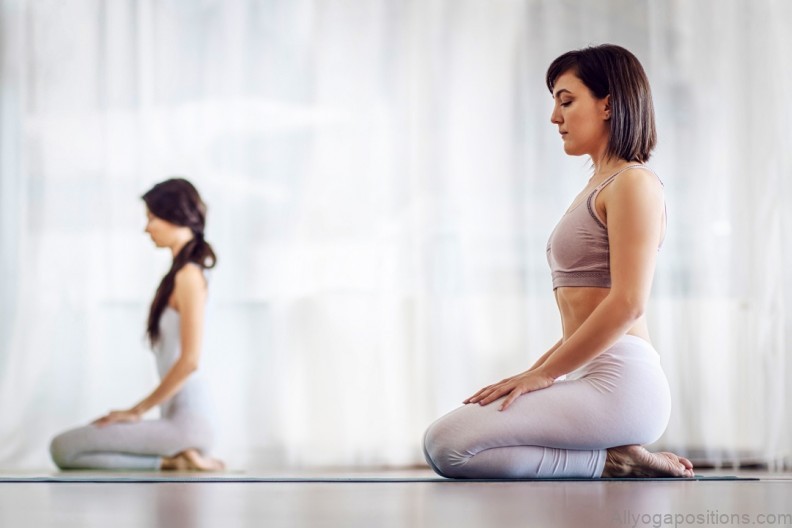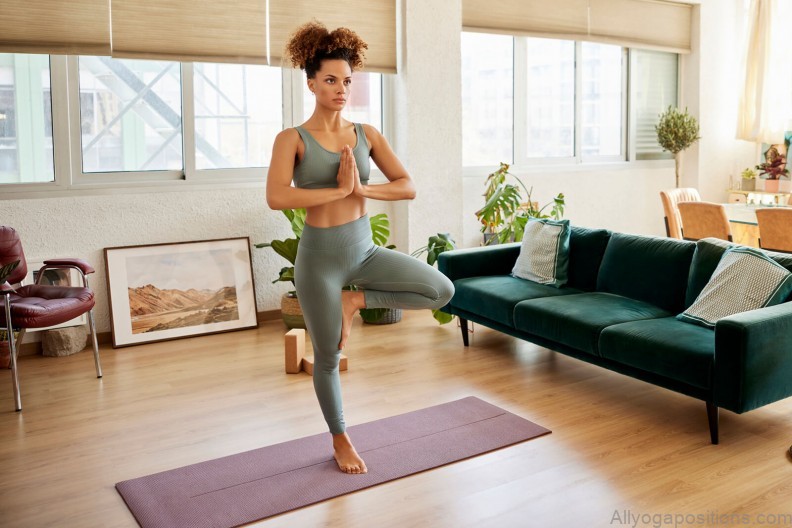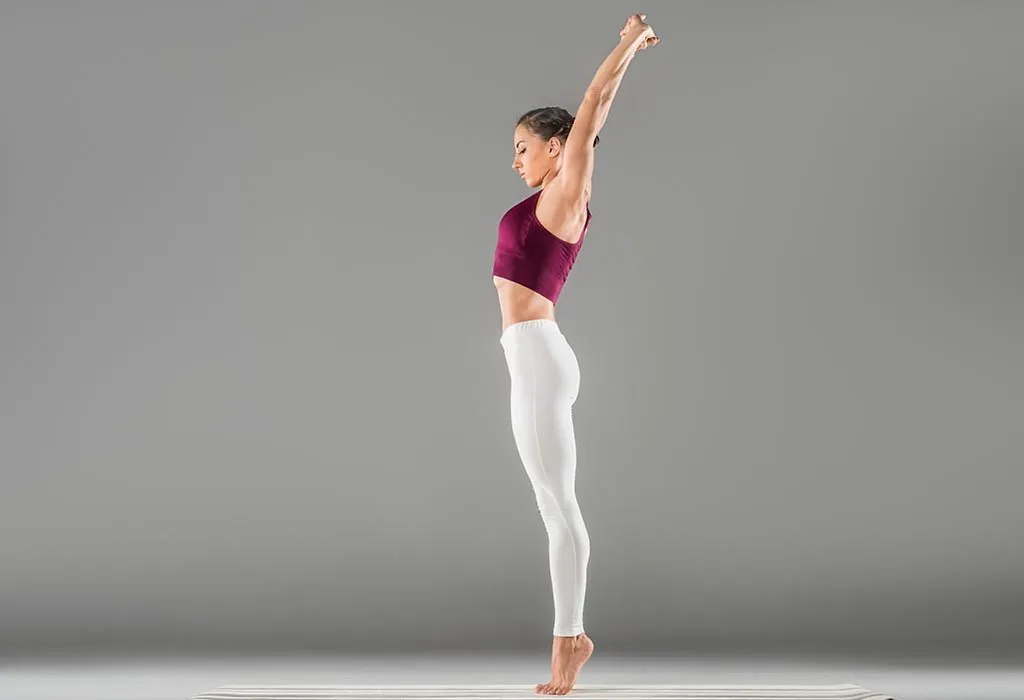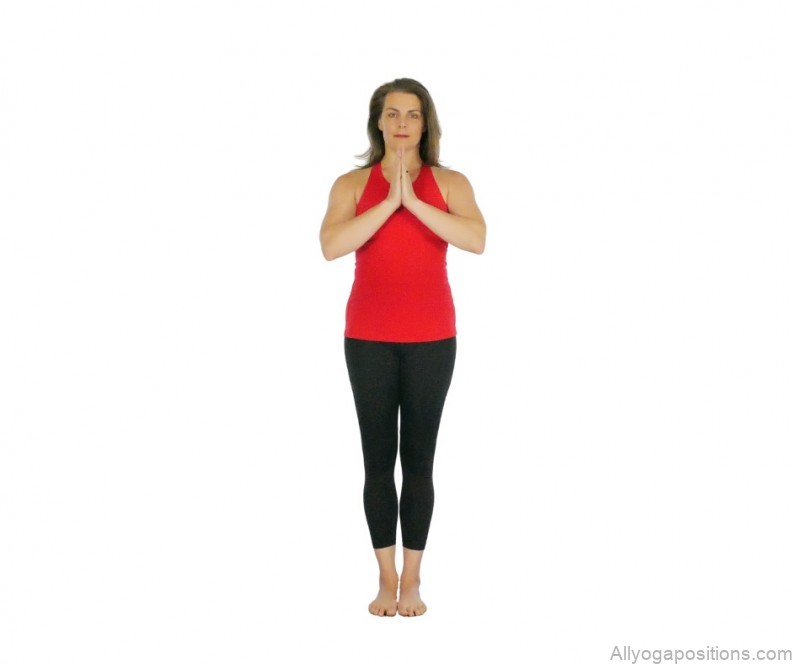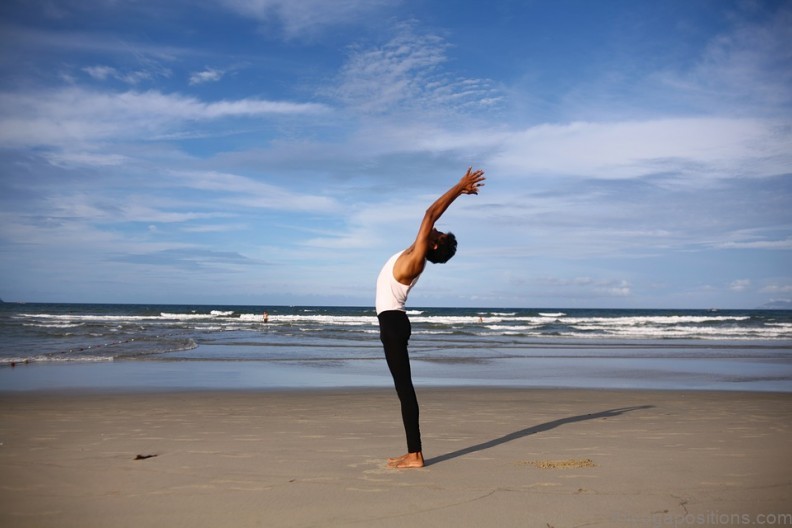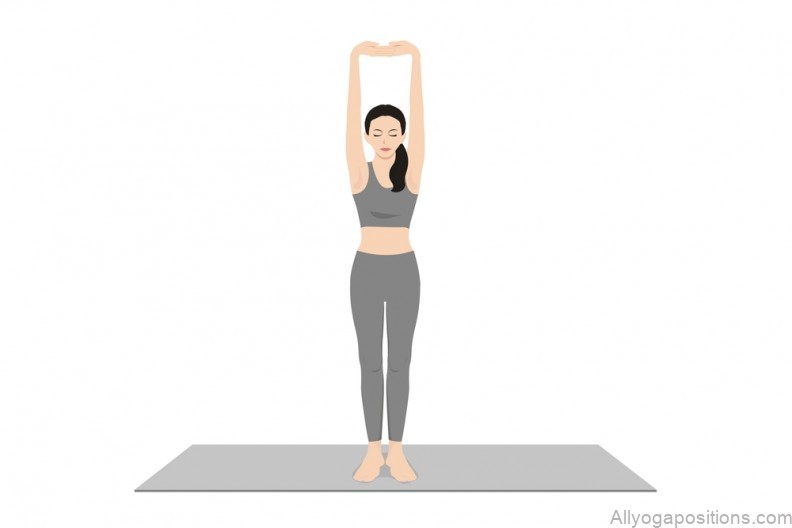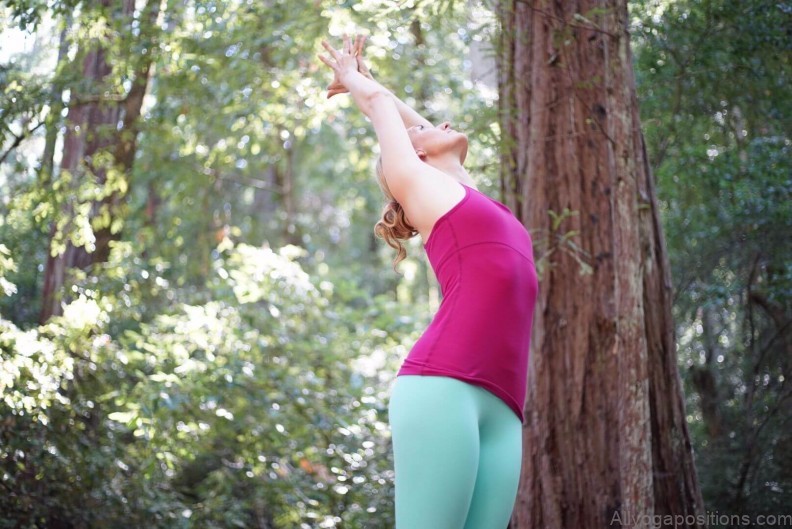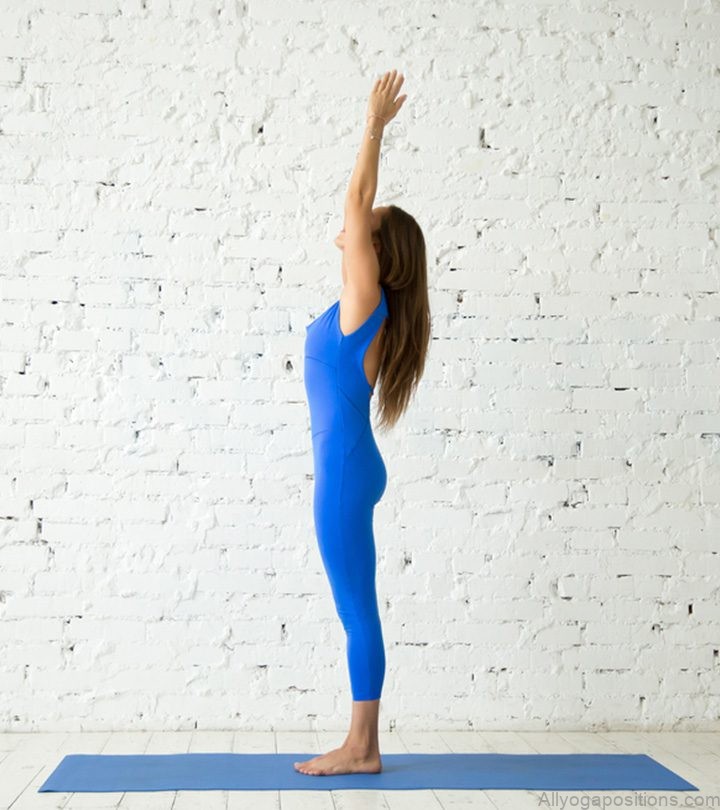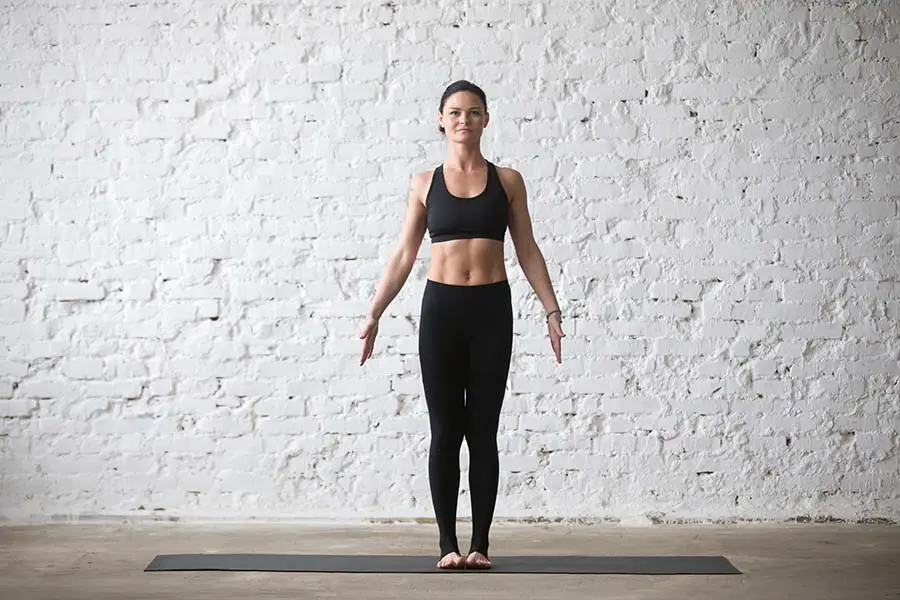Tadasana, commonly known as the Mountain Pose, serves as the foundation for many other yoga postures. While it might look deceptively simple, the essence of Tadasana goes beyond merely standing up straight.
Introduction to Tadasana
Tadasana, derived from the Sanskrit words ‘Tada’ meaning mountain and ‘Asana’ meaning pose, represents the strength and unwavering stability of a mountain. As one of the most fundamental yoga postures, it forms the basis for various advanced poses and transitions.
The Physical Benefits of Tadasana
Body Alignment: Practicing Tadasana helps improve posture by teaching the body how to stand in its natural alignment. This can provide relief from neck and back pain, which often results from poor posture.
Strengthening: Regular practice of this pose can enhance the strength in the thighs, knees, and ankles. It also helps tone the abdomen and buttocks.
Increased Awareness: As a grounding pose, Tadasana heightens body awareness, making the practitioner more attuned to their physical presence.
Mastering the Tadasana: The Foundation of All Yoga Poses Photo Gallery
The Mental Benefits of Tadasana
Enhanced Concentration: Holding the Mountain Pose requires focus and concentration. It’s an excellent pose to start your yoga practice with, preparing the mind for more challenging asanas.
Stress Relief: By grounding oneself and taking deep breaths, Tadasana serves as a peaceful sanctuary to let go of daily stresses.
Increased Energy: Though it might seem counterintuitive, standing still in Tadasana can invigorate the body and boost energy levels.
How to Perfectly Execute Tadasana
Step 1: Stand with your feet hip-width apart. Ensure your weight is evenly distributed between both feet.
Step 2: Engage your thigh muscles gently and lift your kneecaps. Ensure you don’t harden your lower belly.
Step 3: Elongate your tailbone and imagine a line of energy passing through your body, pulling you upwards.
Step 4: Roll your shoulders back and widen your collarbones. Keep your arms beside your body with palms facing forward.
Step 5: Take deep breaths, grounding yourself with each exhale. Focus on your body and the present moment.
Common Mistakes and How to Avoid Them
Overarching the Back: Some practitioners tend to push their hips forward, causing a strain on the lower back. It’s essential to maintain a neutral pelvis to prevent this.
Locking the Knees: Instead of locking the knees, maintain a slight micro-bend to ensure they are engaged but not stressed.
Holding Breath: Breathing is integral to Tadasana. It not only helps in grounding but also in maintaining the posture. Remember to take deep, rhythmic breaths throughout.
Conclusion
Tadasana, with its numerous benefits both physically and mentally, remains an integral part of yoga. It provides the groundwork for many other poses, and mastering it can significantly improve one’s yoga journey. By understanding its essence and practicing it regularly, one can truly harness the power of the Mountain Pose.
Table of Contents
Maybe You Like Them Too
- Mastering Virabhadrasana A: The Warrior Pose of Empowerment
- Embracing the Essence of Wide Legged Forward Bend: A Deep Dive
- Unlocking the Power of Prasarita Padottanasana: The Wide-Legged Forward Bend
- The Power and Elegance of the Wide Legged Forward Bend II Yoga Pose
- Mastering the Warrior II Pose: A Deep Dive into Its Benefits and Techniques












